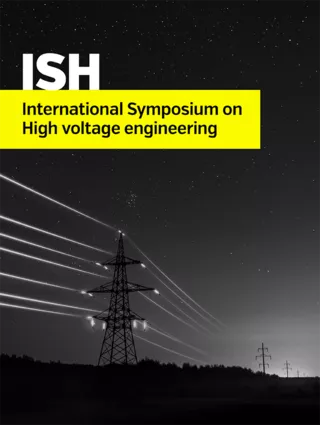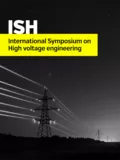Summary
The distributed inductances of high-voltage testing circuits, which grow with geometrical dimensions and rate voltages of the equipment under test, could cause natural oscillations or superimposed overshoot on the impulse voltage crest and then the insulation under test can be submitted to distorted weaves instead of standard impulse. Before the introduction of computer aided calculation of digitally recorded lightning impulses, the calculation of the higher value of impulse was made drawing a mean curve across oscillations on the recorded voltage curve. With that method the reproducibility of the test was frequently doubtful. The introduction of the test voltage factor in IEC 60060-1 Ed. 3 has been an important step to assure reproducibility and traceability for high-voltage testing with lightning impulses. The present standard recommends computed fitting methods to extract a base curve from the recorded voltage curve. Applying the test voltage factor proposed by the standard it is possible to calculate the impulse parameters from the computed test voltage curve, which should be equivalent to a standard lightning impulse, from a point of view of the dielectric stress on the insulation under test. When the voltage oscillations are damped in few microseconds and the insulation includes large air gaps, as is the case of switchgear equipment and insulator strings, the use of the test voltage factor and the procedures for calculating parameters proposed by the standard, can lead to divergent results. In this paper is shown the influence of the methods for fitting the base curve on the calculation of the test curve. A comparison of the calculated test curves with the experimental test impulses is discussed. Related with the methods for fitting base curves, it is discussed the influence of the time-to-breakdown on the evaluation of parameters of impulse voltage in air gaps. Also the results show the advantage of adopting corrections to the test voltage factor for testing external insulation.
Additional informations
| Publication type | ISH Collection |
|---|---|
| Reference | ISH2015_109 |
| Publication year | |
| Publisher | ISH |
| File size | 582 KB |
| Price for non member | Free |
| Price for member | Free |
Authors
Segovia Adan A., Diaz Ricardo R.




